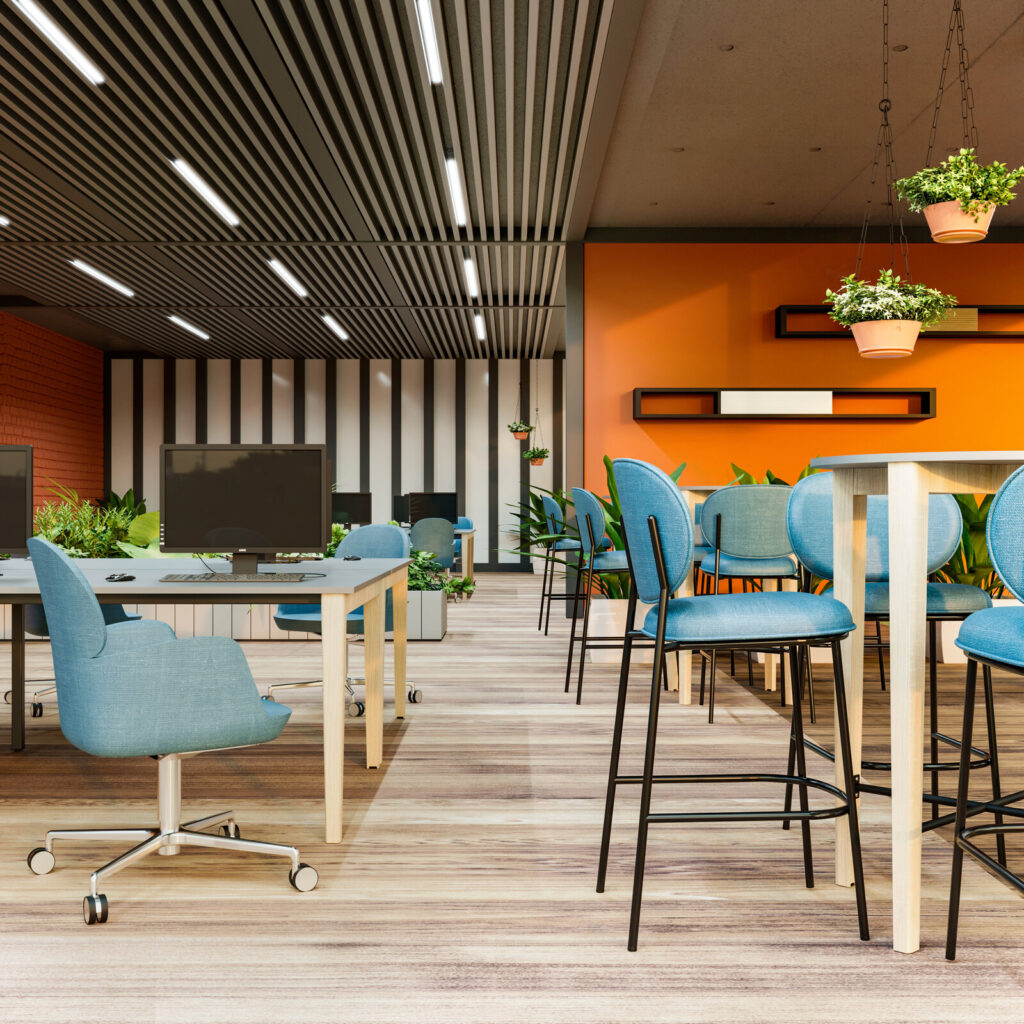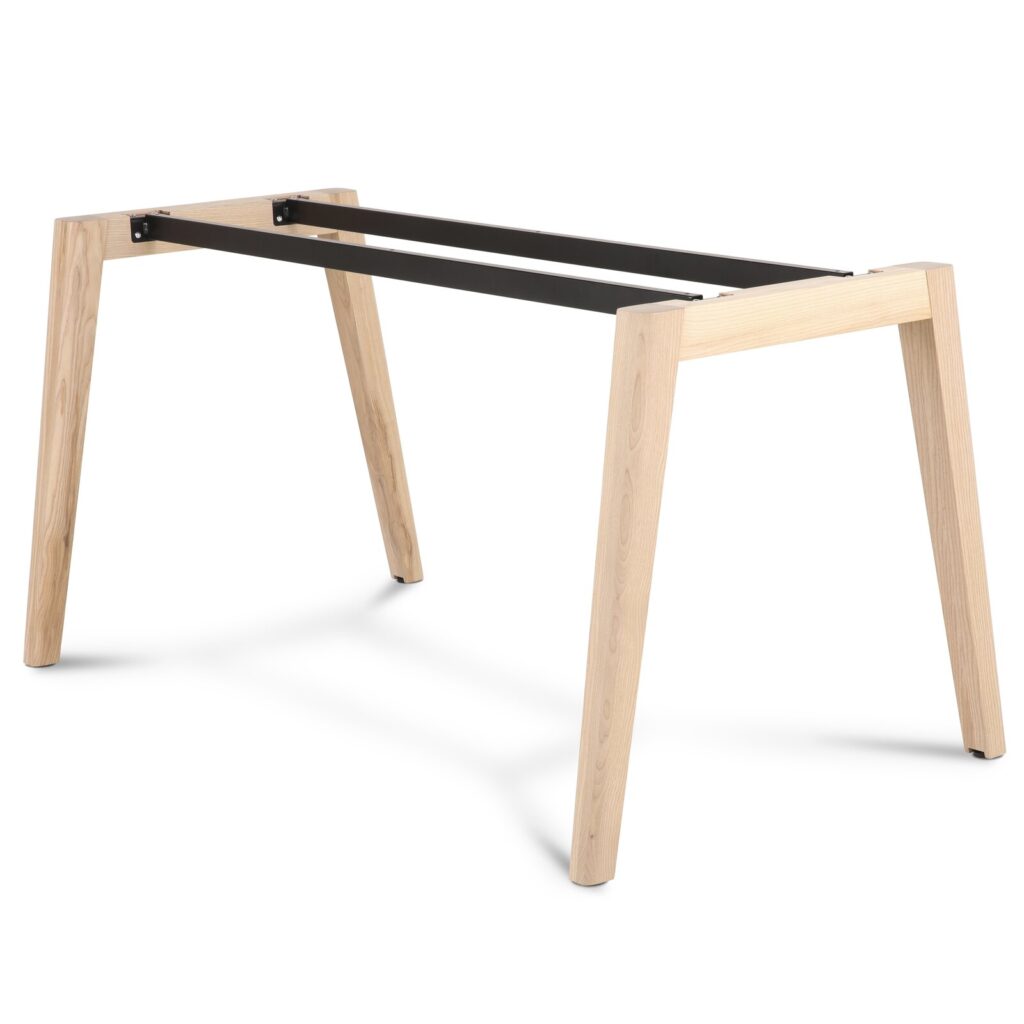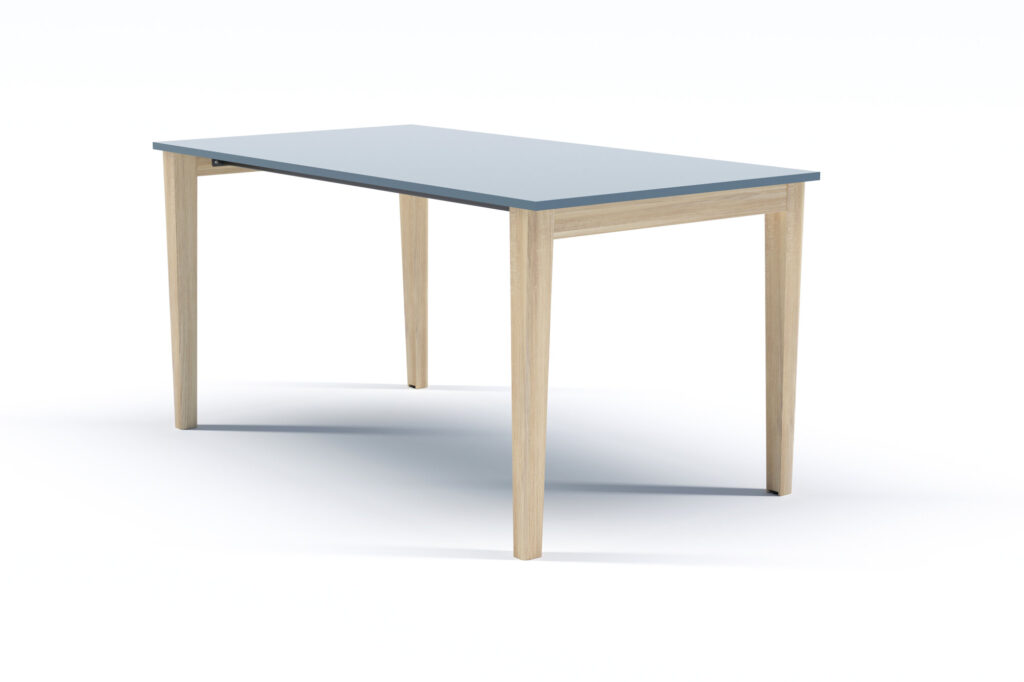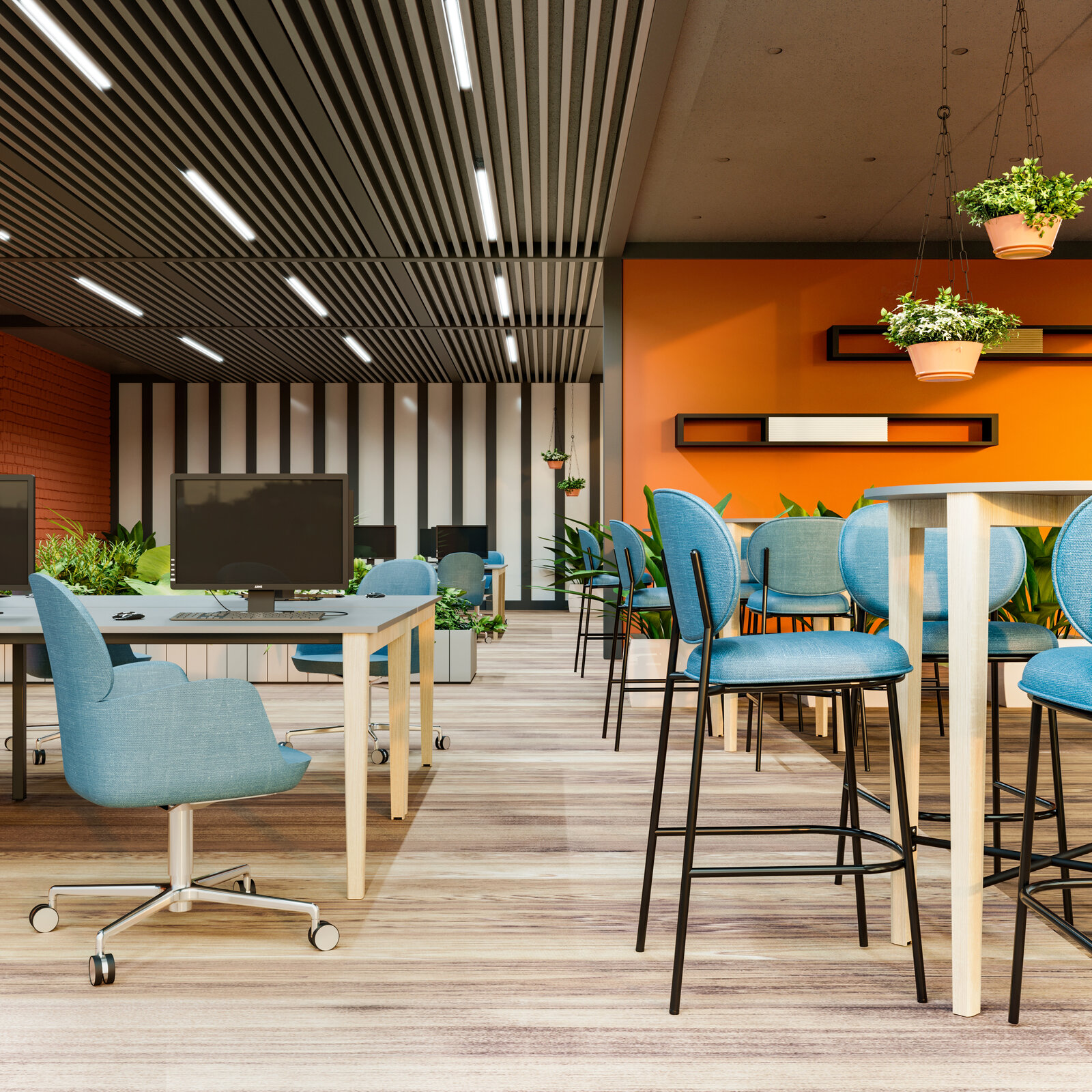Ash is also abundant in our forests, but it is still underappreciated in interiors, and its qualities are known mainly to professionals, i.e., architects and interior designers. They know very well that ash wood combines hardness, durability, and flexibility with a long service life, but also with a perfect appearance. So what are its uses? And when should it be preferred over the more common oak?

The beauty of ash wood stands out in stand-alone furniture
Ash furniture is not only suitable for homes, but also for cafés, restaurants, and bars decorated in a classic or retro style. However, designers and architects have rediscovered its beauty and quality, so it is once again in the spotlight and is being used in the most modern designs. After being treated with varnish, ash is very durable and does not require demanding maintenance. It also has a truly striking grain with minimal knots and other imperfections. In addition, it is relatively long-lasting. Its very light color takes on a golden hue over time, but this is certainly not a drawback; on the contrary, it is fascinating to observe this change.
Ash tables with solid wood tops are particularly popular, but you can also find chairs made of plywood, which usually have a simple, minimalist look. They are therefore suitable for bistros, dining rooms, and anywhere where guests do not expect ostentatious decoration, but rather unobtrusive functionality. The shelves and tables can also withstand relatively heavy loads, and all the furniture mentioned is very timeless. It is therefore unlikely to go out of fashion any time soon.

Floors, stairs, and other uses
Commercial and residential interiors look harmonious when ash wood furniture matches the flooring, stairs, or wall paneling. This is no longer just a feature of cottages and chalets. In its modern form, it is also used in restaurants and offices, where the cold combination of glass and metal is slowly giving way to wood, greenery and other elements. Its advantage is that it makes the space more cozy, but also gives it a warm feel and can improve its acoustics.
Due to its dense structure, ash wood is also suitable for areas with heavy loads and is used to make cabinets, shelves, bookcases, stairs, and floors. It is highly resistant to moisture and temperature changes, so it can withstand occasional splashes of water or colder hallways. Even in these conditions, it retains its shape and there is no risk of significant shrinkage or swelling. And let’s not forget about ash beds, which are appreciated by hotel and guesthouse owners because they provide maximum comfort, are durable, and always look good.
Ash versus oak and other popular woods
At first glance, ash is very similar to oak, which is still the number one choice. However, more and more processors, architects, and interior designers are promoting ash instead. This is due to its lower weight, greater flexibility, and fewer cracks and knots. In addition, ash wood does not have so-called mirror spots, which are medullary rays that many people mistakenly consider a defect.
Compared to beech, ash is not as smooth, but on the other hand, it is more resistant to moisture, temperature changes, and mechanical damage. Another advantage of ash is its attractive appearance, which beech unfortunately cannot offer due to its almost invisible grain. Rather than furniture, beech has recently been used for the production of stairs, doors, and other accessories, such as household items.
Pine and spruce have much softer and lighter wood than ash, which makes them easier to handle and process, but also leads to faster wear and tear. Not to mention the higher risk of damage.
For more demanding applications, ash is therefore the clear winner.



